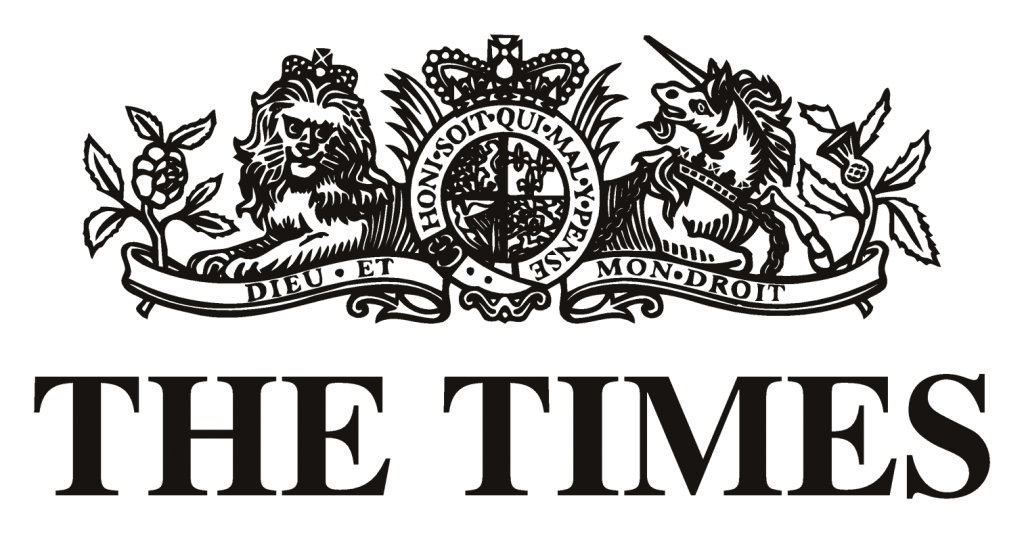Daily Briefing |
TODAY'S CLIMATE AND ENERGY HEADLINES
Expert analysis direct to your inbox.
Every weekday morning, in time for your morning coffee, Carbon Brief sends out a free email known as the “Daily Briefing” to thousands of subscribers around the world. The email is a digest of the past 24 hours of media coverage related to climate change and energy, as well as our pick of the key studies published in peer-reviewed journals.
Sign up here.
Today's climate and energy headlines:
- Arctic air temperatures highest since 1900, global report shows
- Climate deal typo hiccup solved 'in a small room,' France says
- MPs to vote on fracking under national parks
- Japan, South Korea stick to coal despite global climate deal
- Appeals court leaves U.S. mercury pollution rules in place
- After Paris, UN’s new “light touch” role on markets to help spawn carbon clubs
- Investors put pressure on miners over Paris climate deal
- Climate change deal: five reasons to be glad, five to be gloomy
- Paris is a pragmatic climate deal, even if it is 25 years late
- Does El Niño Intensity Matter for California Precipitation?
News.
Arctic air temperatures are warmer than at any time in the past 115 years, according to the National Oceanic and Atmospheric Administration (NOAA). Some parts of the Arctic were 3C warmer than average, says the Guardian. Walruses have declined 50% in a decade in the North Pacific, saysInsideclimate News. Vast herds of walrus are ““hauling out” onto land, reports Yale Climate Connections. Walrus populations are thinning along with the ice sheets that are critical for their survival, says the Washington Post. The Arctic sea ice maximum was the lowest on record this year, while the minimum was the fourth lowest, notes Climate Central. You can watch NOAA chief scientist Rick Spinrad say warming is “more than twice as fast” in the Arctic than the rest of the world because of climate change, in an AP video carried by the Guardian. AP also has the story. Meanwhile Shell is fighting for its oil drilling leases in the Arctic Ocean after the Obama administration decided not to extend them, reports the Hill.
The post-mortem on the Paris Agreement continues, with outlets still focusing on the “typo” that nearly upset the deal. The appearance of a rogue “shall”, indicating legally-binding obligations for developed nations, was solved in a small room, according to French foreign minister Laurent Fabius reported by Reuters. The Hill also looks at the last minute typo debate. The Washington Post looks at how hard the Paris Agreement’s targets will be to meet. Meanwhile India is concerned it may have compromised too much on the agreement, reports AP. Politico has two critical opinion articles on the Paris deal. In one, Euracoal boss Brian Ricketts says Europe should now backtrack on its climate ambition. In the second, Magda Stoczkiewicz of Friends of the Earth Europe says history will judge the deal harshly for being too weak.
Fracking under national parks could be approved in a vote without debate in parliament today, the BBC says. Yesterday John Loughhead, chief scientist to the Department for Energy and Climate Change, added his voice to calls for fracking to start in England, in a blog published on the department’s website, reports the Financial Times. Meanwhile prime minister David Cameron is under pressure to reconsider 90% cuts to solar subsidies, reports the Guardian.
Japan and South Korea plan to push ahead with at least 60 new coal-fired power stations over the next decade. Officials from both countries say the plans are unchanged after the Paris Agreement, Reuters reports. South Korea did scrap four coal plants as part of its Paris pledge, it notes, while in Japan taxes favour imports of coal over gas.
Coal-fired power stations in the US have failed to secure a reprieve from rules on mercury air pollution, Reuters reports. A US appeals court said the rules should remain in effect while they are revised in response to an earlier Supreme Court ruling. The Hill also has the story. Meanwhile wind and solar tax credits have been extended for five years, says the Hill.
Countries that want to link up their carbon markets can start to do so using the new framework set out by the Paris Agreement even before it enters force in 2020, reports Carbon Pulse. It looks into the deal’s provisions for carbon trading, referred to as “Internationally Transferrable Mitigation Outcomes”, or ITMOs. This could lead to much deeper and wider cooperation on emissions trading, experts tell Carbon Pulse.
Investors want three of the world’s largest miners to disclose the risks they face as a result of climate action, reports the Financial Times. Rio Tinto, Anglo American and Gelncore could face shareholder votes next year over disclosure, it says, after similar votes succeeded with BP and Shell. Carbon Brief looked at the impact of the BP vote in April.
Comment.
The Guardian’s John Vidal sets outs reasons to be glad about the Paris Agreement, including the 1.5C aspirational target, the chance to hold countries to account for their pledges and the $100bn of climate finance promised by rich nations. On the gloomy side he says countries will avoid their commitments if they can and that the agreement buys us time, but falls short of the cuts needed to avoid 1.5 or 2C of warming.
Climate politics veteran Michael Jacobs gives his verdict on the Paris Agreement, in an interview with New Scientist. The deal is a pragmatic, bottom-up solution because there is no way to impose commitments on countries, Jacobs says. The deal ensures countries are putting themselves under “huge pressure”, he says, by agreeing to return to the table every five years to reconsider their efforts.
Science.
Strong El Niño events bring a significant increase in wet conditions during winter and spring across the entire state of California, a new study says. Researchers used a collection of climate models to analyse how November to April rainfall has been affected by differing strengths of El Niño events in the past. In California’s main northern watershed regions, for example, their findings suggest an 85% chance of greater than normal rainfall during a strong El Niño. Weak and moderate events don’t appear to alter wet or dry risks across northern and central California, the researchers say, though odds for wet conditions increase across southern California during moderate El Niño.





